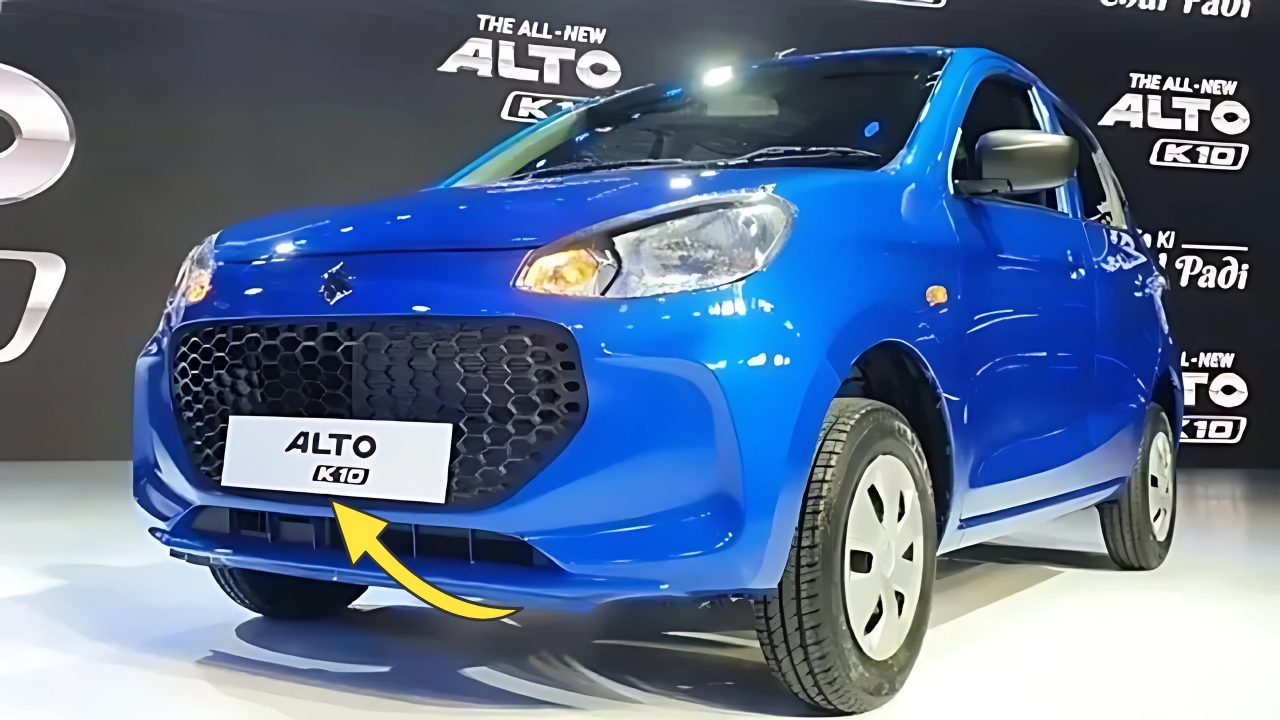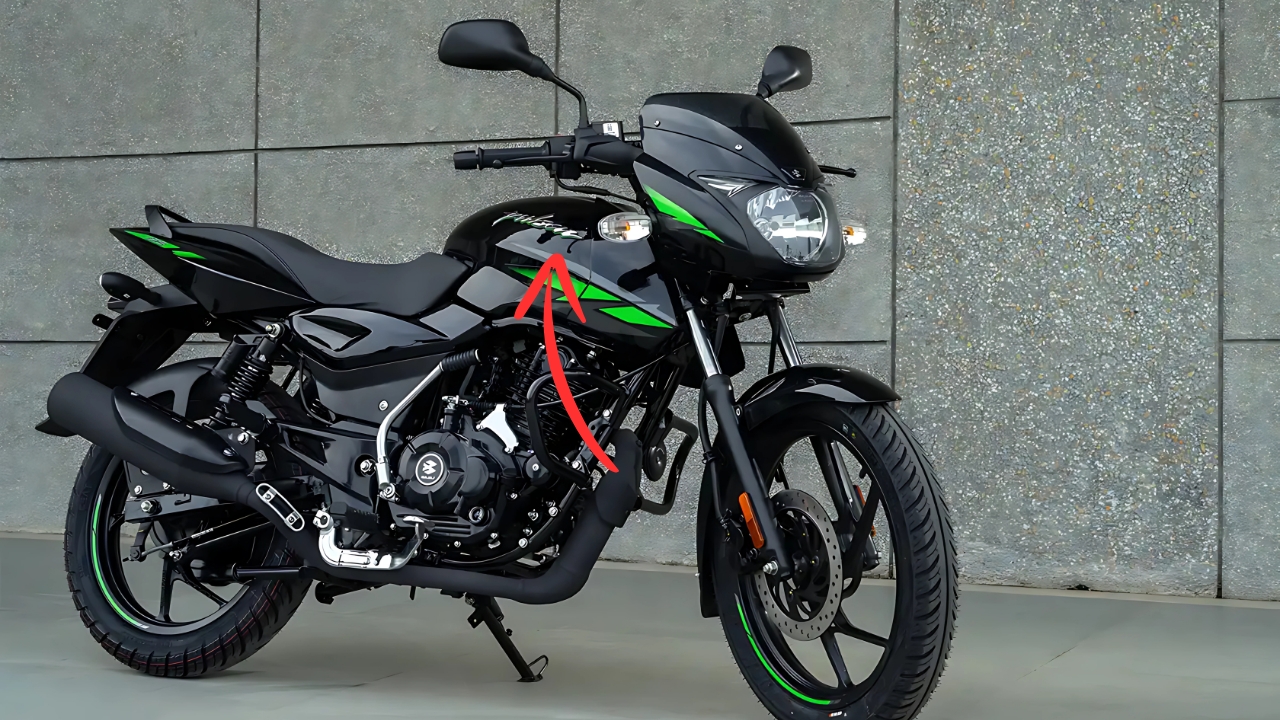Maruti Alto K10: The Maruti Alto K10 has earned its place as one of India’s most iconic vehicles, embodying the perfect combination of affordability, reliability, and efficiency that defines the country’s automotive landscape.
As a staple on Indian roads for decades, the Alto nameplate represents Maruti Suzuki’s understanding of what the average Indian car buyer truly needs and desires in an entry-level vehicle.
Evolution of a People’s Car
The Alto K10 emerged as an evolution of the original Alto, which itself replaced the legendary Maruti 800 – India’s first true “people’s car.”
When the K10 variant was introduced in 2010, it represented a significant upgrade with its more powerful K-series engine while maintaining the core values that made the Alto family so successful.
Over the years, the Alto K10 has undergone several transformations, with each generation refining the formula rather than radically changing it.
This evolutionary approach reflects Maruti’s deep understanding that their core customers value reliability and affordability above all else, while still appreciating modern touches and improvements in each iteration.
The latest generation launched in 2022 showcases a more contemporary design language while remaining instantly recognizable as an Alto.
This delicate balance between familiarity and progress has been key to the model’s enduring success in a market that has grown increasingly competitive and sophisticated.
Design Philosophy: Practical Minimalism
The Alto K10’s design philosophy can best be described as practical minimalism.
Its compact dimensions (approximately 3.5 meters in length) make it perfectly suited for navigating congested urban environments – a crucial consideration in India’s densely populated cities where parking spaces are limited and traffic congestion is a daily reality.
Despite its small footprint, the Alto K10 manages to offer a surprisingly spacious interior for its segment.
The tall-boy design maximizes headroom, while the efficient packaging provides adequate legroom for front passengers. The rear bench, while not luxurious, offers sufficient space for short to medium journeys.
The exterior design prioritizes function over form, with clean lines and minimal embellishments. The large greenhouse ensures excellent visibility – a significant safety advantage in chaotic traffic conditions.
Recent iterations have introduced more contemporary styling elements like redesigned headlamps and a more prominent grille, but the overall silhouette remains dedicated to maximizing interior space within minimal exterior dimensions.
Engineering for Efficiency
At the heart of the Alto K10 is Maruti’s K10B engine – a 1.0-liter, three-cylinder unit that exemplifies the company’s focus on efficiency.
Producing approximately 67 horsepower and 90 Nm of torque, these figures may seem modest by global standards, but they provide more than adequate performance for a vehicle weighing less than 800 kilograms.
The brilliance of the K10’s engineering lies not in outright performance but in its remarkable efficiency.
With fuel economy ratings regularly exceeding 20 kilometers per liter, the Alto K10 addresses one of the primary concerns of its target demographic – the cost of ownership.
This efficiency is achieved through a combination of lightweight construction, an engine optimized for economy rather than performance, and aerodynamics that, while not cutting-edge, are carefully considered.
Transmission options have evolved over the years, with the latest generation offering both a 5-speed manual and an automated manual transmission (AMT).
The inclusion of the AMT option reflects changing urban driving conditions and consumer preferences, providing the convenience of an automatic without significantly compromising the vehicle’s affordability or efficiency.
Affordability: The Core Principle
Perhaps more than any other factor, the Alto K10’s enduring success can be attributed to its unwavering commitment to affordability.
As one of the least expensive new cars available in India, it serves as an entry point to car ownership for millions of households making the transition from two-wheelers to four-wheelers.
This affordability extends beyond the purchase price to the entire ownership experience.
Low maintenance costs, excellent fuel efficiency, widespread service network, and strong resale value create a compelling total cost of ownership proposition that few competitors can match.
Maruti has achieved this affordability through decades of localization, economies of scale, and an intimate understanding of which features Indian consumers prioritize.
Rather than offering numerous technologies that would increase costs, the company focuses on providing essential features while maintaining the core qualities of reliability and efficiency.
Cultural Impact
Beyond its mechanical attributes, the Alto K10 holds a special place in India’s automotive culture. For many families, it represents their first car purchase – a significant milestone in middle-class aspirations.
The model has become synonymous with practical, no-nonsense transportation that enables social mobility and enhances quality of life.
The sight of an Alto packed with a family of four, luggage strapped to the roof, heading out of the city for a weekend getaway, is a common scene on Indian highways.
This image encapsulates the vehicle’s role not just as a mode of transport but as an enabler of experiences and opportunities previously inaccessible to many.
In rural and semi-urban areas, the Alto K10 often serves multiple roles – family car, business vehicle, and status symbol all in one.
Its presence in a household frequently signals upward social mobility and economic progress.
Looking Forward
As India’s automotive market evolves with increasing electrification and tightening emissions norms, the Alto K10 faces new challenges.
The introduction of stricter safety requirements has already necessitated structural enhancements, while growing environmental consciousness is pushing Maruti to explore alternative powertrains.
The company has responded with CNG variants that further reduce running costs and emissions, while rumors of an electric Alto continue to circulate.
Whatever form future iterations take, the fundamental principles that have made the model successful – affordability, efficiency, and reliability – will likely remain central to its identity.
Maruti Alto K10
The Maruti Alto K10 exemplifies how understanding local market needs and consistently delivering on core values can create an automotive icon.
While it may not feature in global automotive discussions alongside prestigious brands or cutting-edge technologies, its impact on mobilizing a nation of over a billion people is arguably more significant than many more celebrated vehicles.
As India’s automotive landscape continues to evolve, the Alto K10’s legacy as the vehicle that put countless families on wheels for the first time ensures its place in the country’s industrial and cultural history.
More than just transportation, it represents accessibility, practicality, and the democratization of mobility for millions of Indians.












